its the speed at which the shutter of the camera closes, there is different types of shutter speeds
a slow shutter speed setting which allows a greater amount of light. changing your cameras shutter speed is one way to adjust the overall exposure of an image, also it allows you to be creative by being able to control the amount of blur or lack of it in your images.

the slower the shutter speed the more motion blur your camera will be able to capture when shooting fast moving subjects. but with long shutter speed from two to 30 seconds, any movement in the image will blur. this can create a cool effect with landscapes and the sky, as water and clouds turns soft and streaky.
when we take the photo, the cameras shutter opens, which allows light to reach the recording medium, where an image is made. by controlling hoe long the shutter stay open, we are able to control the resulting image will be like.
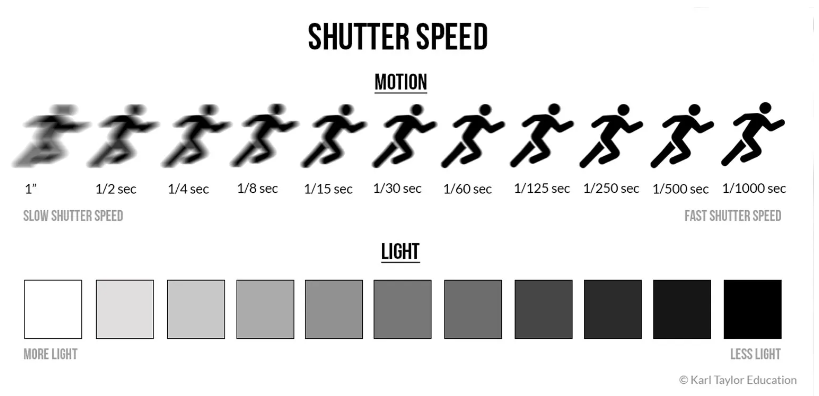
which is also known as “exposure time”, shutter speed is measured in seconds or fractions of a second, for example a slow shutter speed of 1/2 means the shutter remains open for half a second, while faster speed of 1/2000 which means it only remains open for one-two-thousandth of a second.
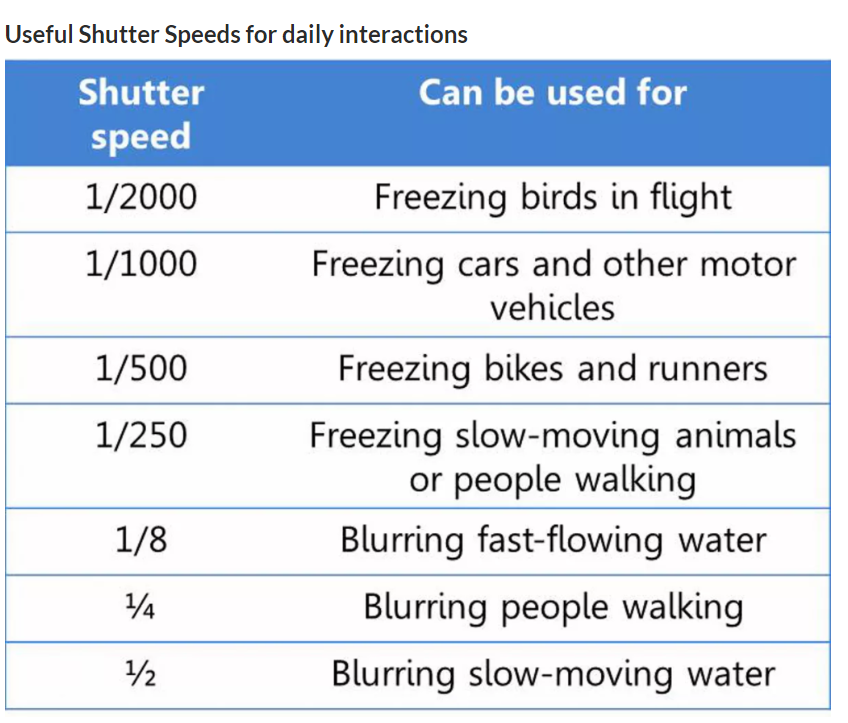
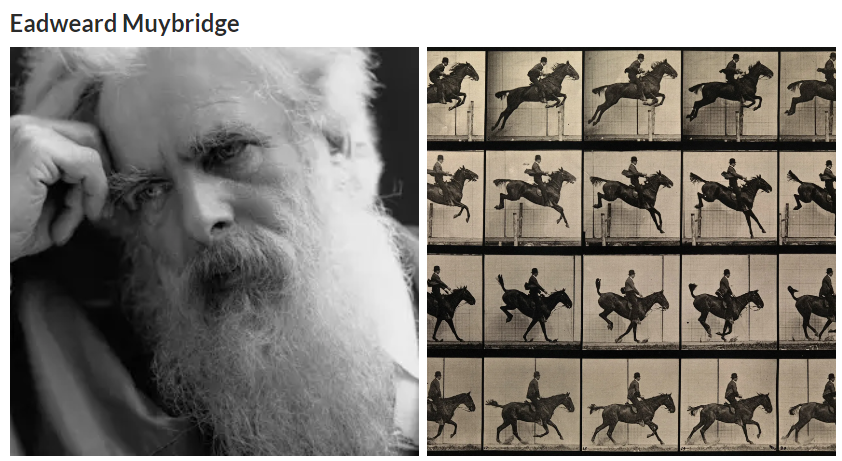
Eadweard Muybridge used fast shutter speeds, around 1/1000th of a second, to capture motion in his famous 1878 The Horse in Motion series. This allowed him to freeze the movement of animals and humans, pioneering motion photography and laying the groundwork for early film technology.
Francesca Woodman – slow shutter speeds
Francesca Woodman often used slow shutter speeds in her photography, which contributed to the dreamlike and ghostly quality of her images. By using long exposures, she created blurred, ethereal effects, particularly when capturing herself or her subjects in motion. This technique added a sense of fleeting presence and emotional intensity to her work, emphasizing themes of identity, fragility, and the passage of time.
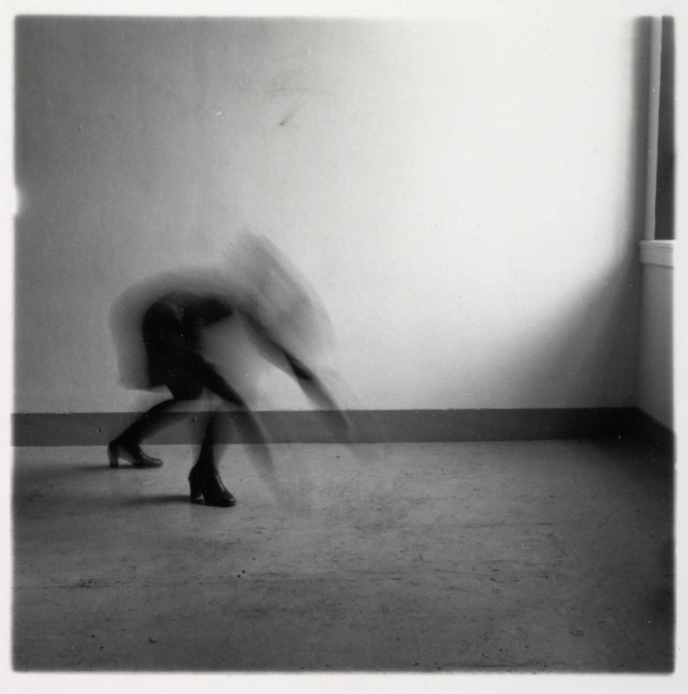


Some of my examples with a high and low shutter speed

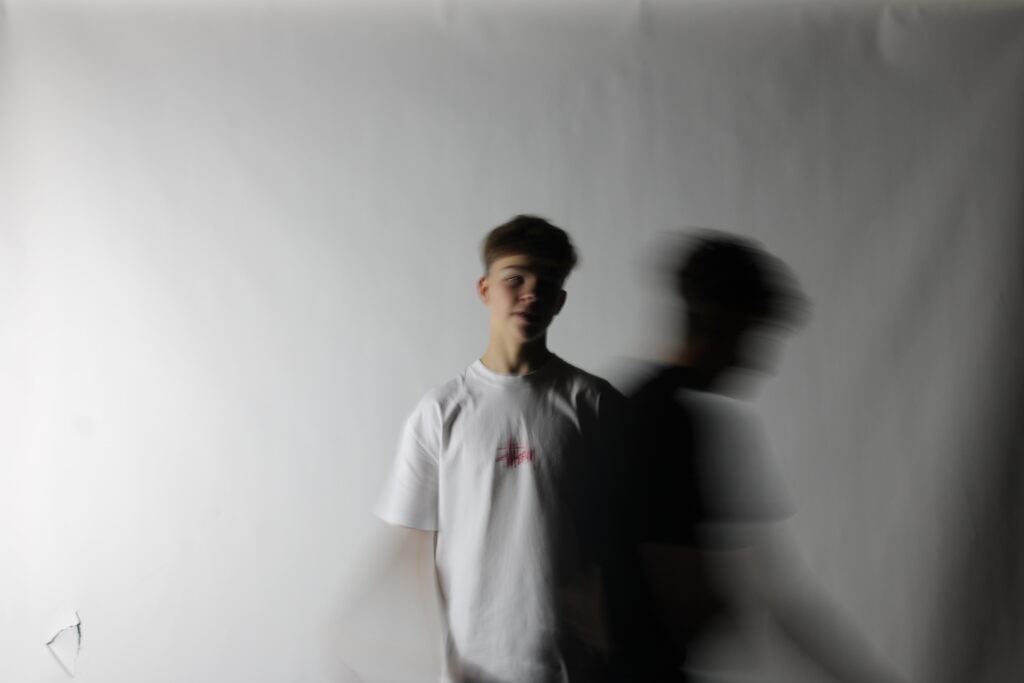
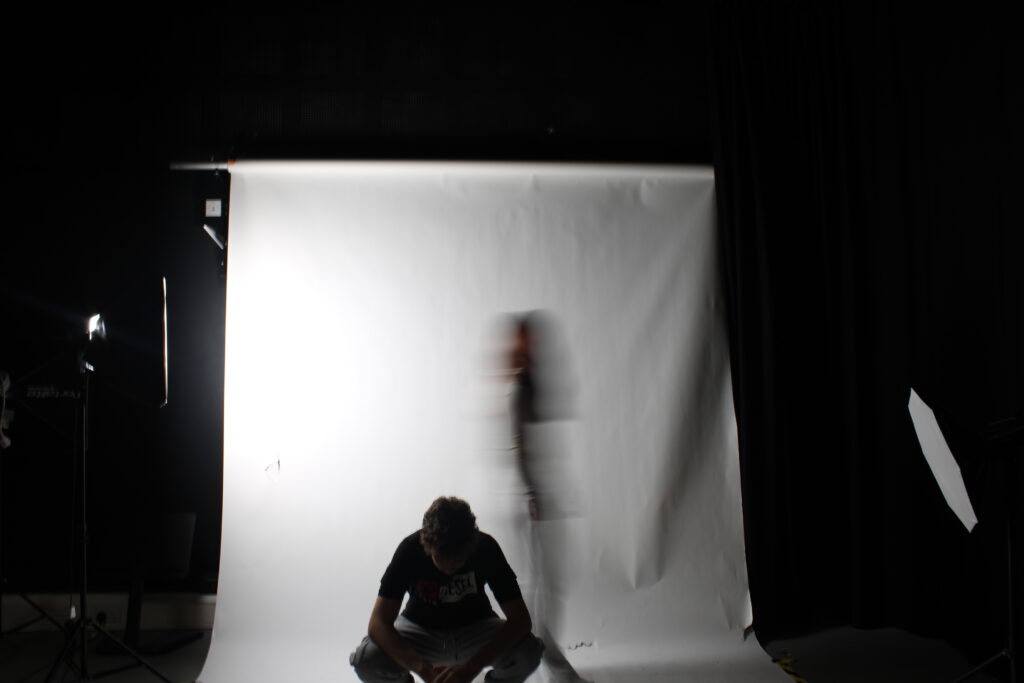
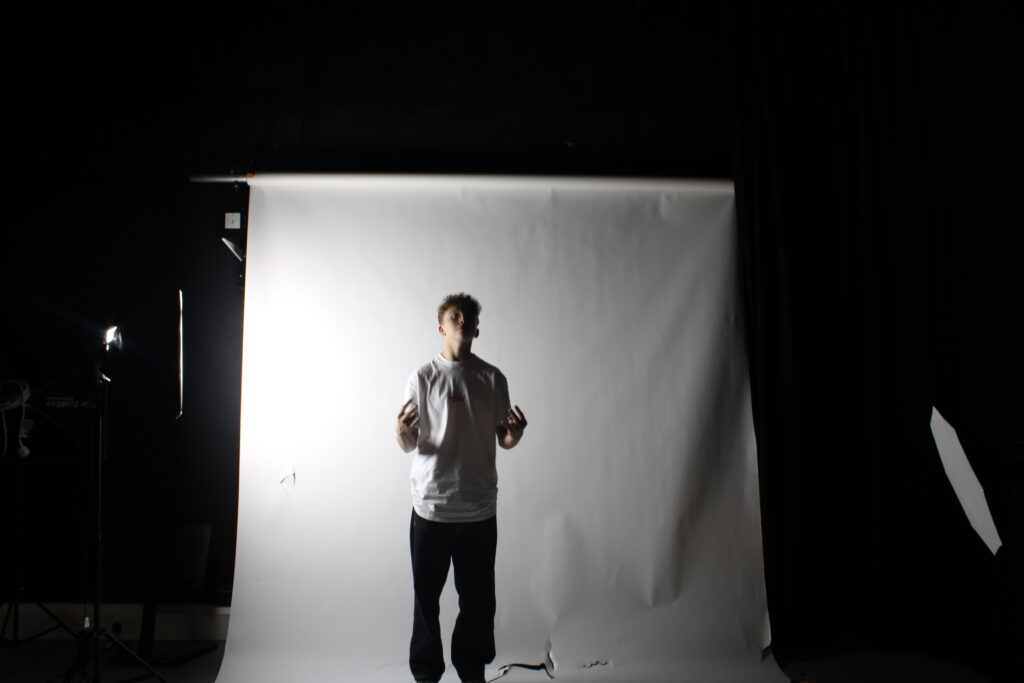
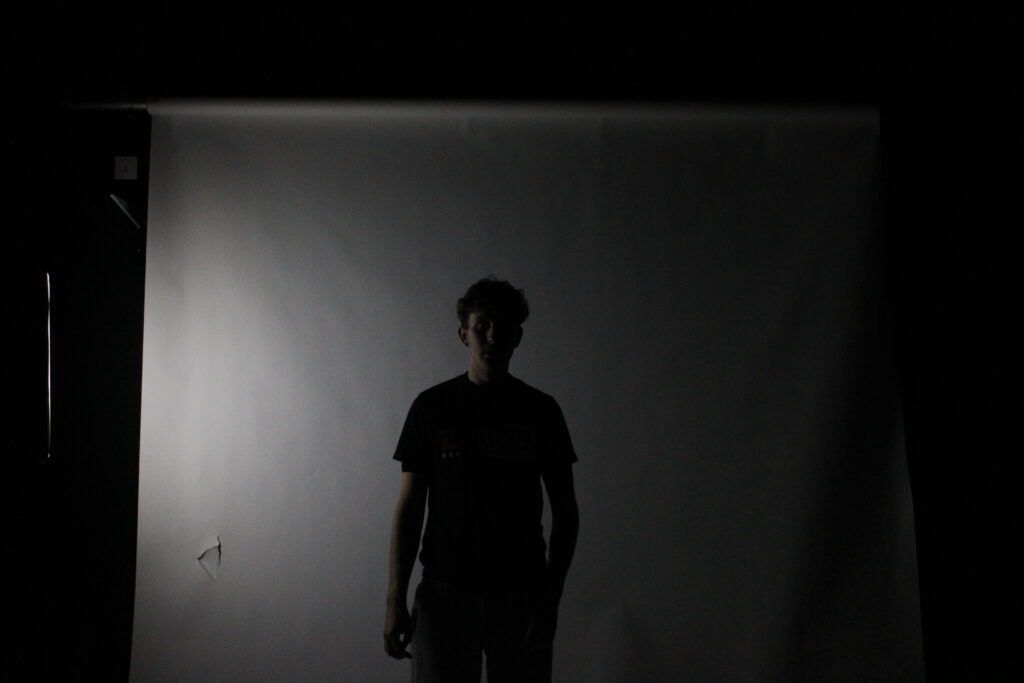
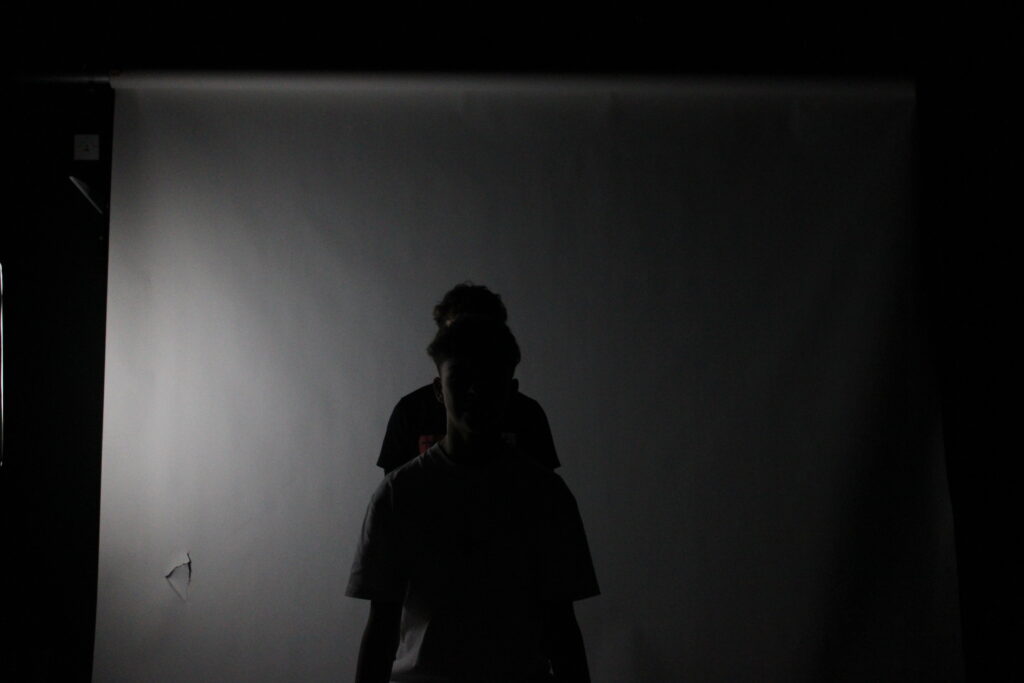
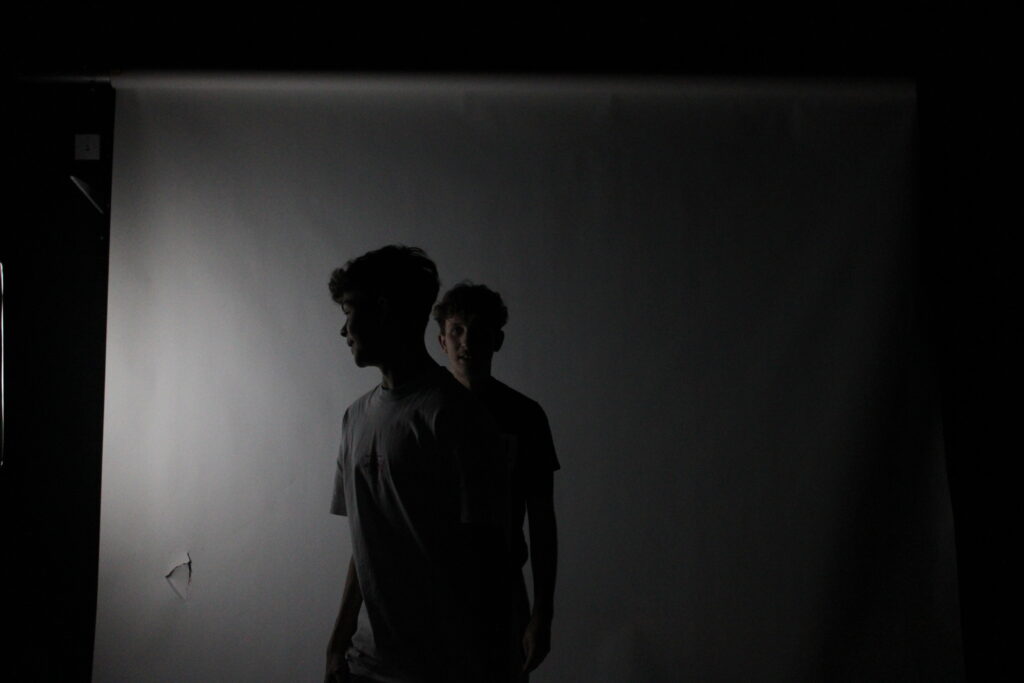
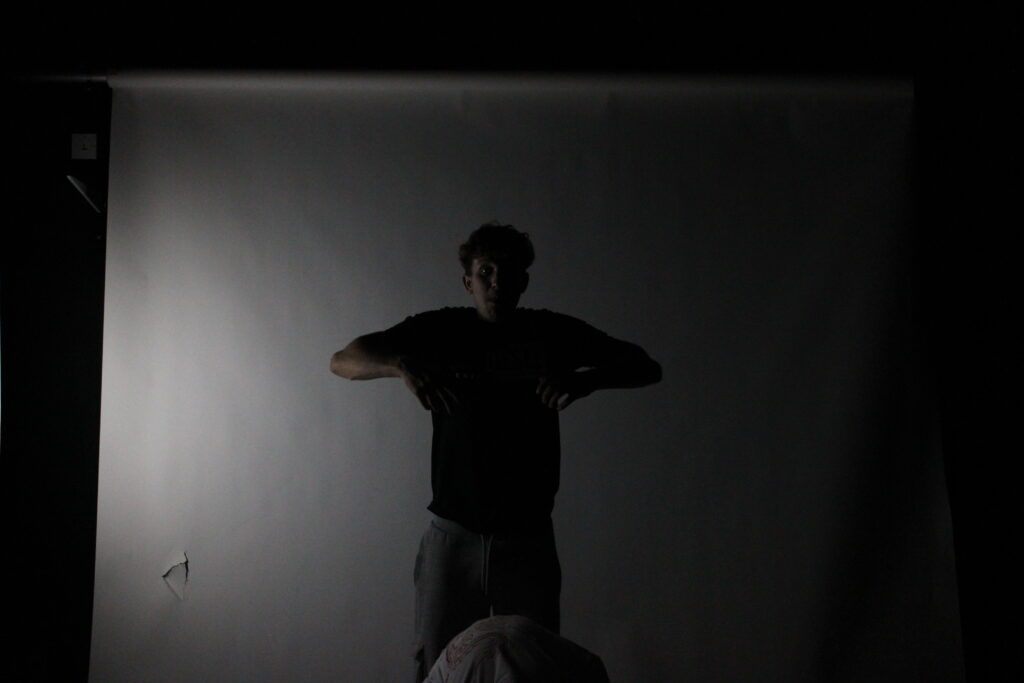
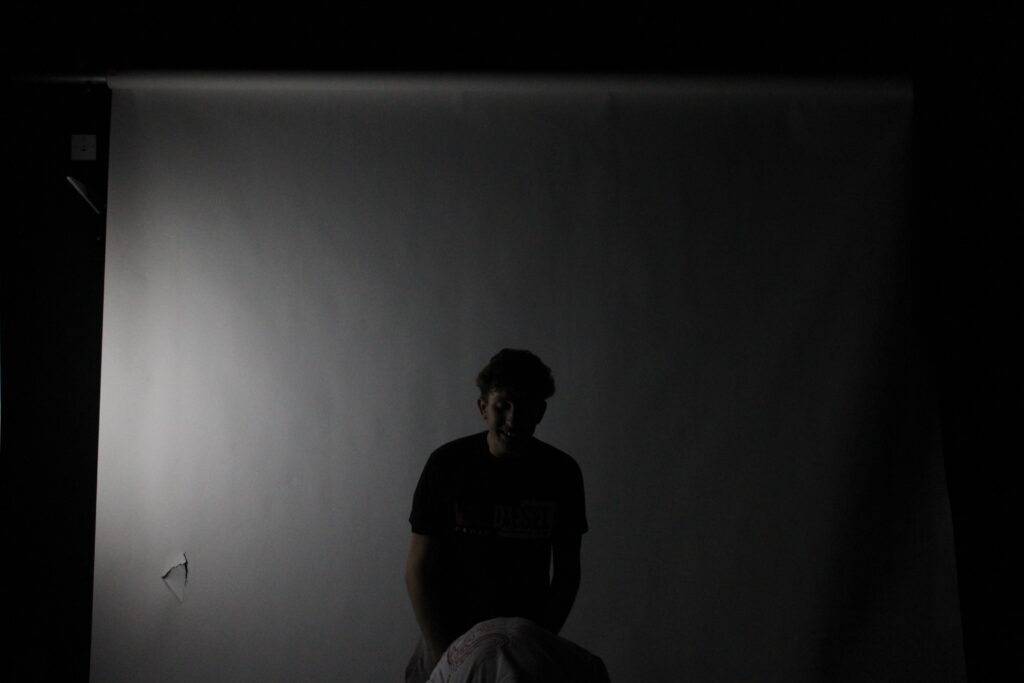
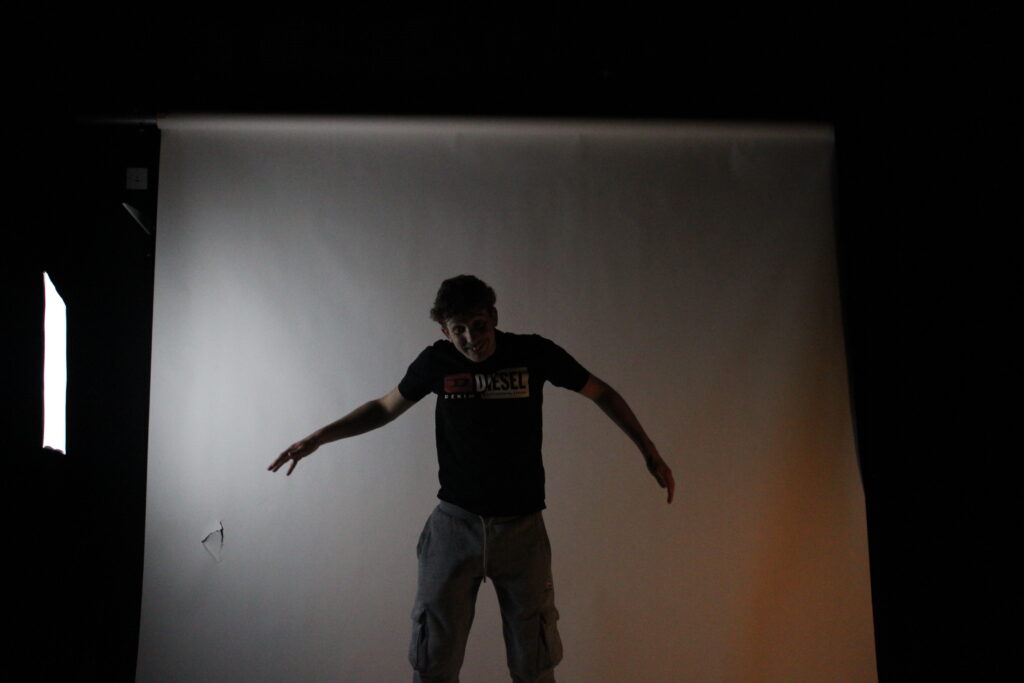
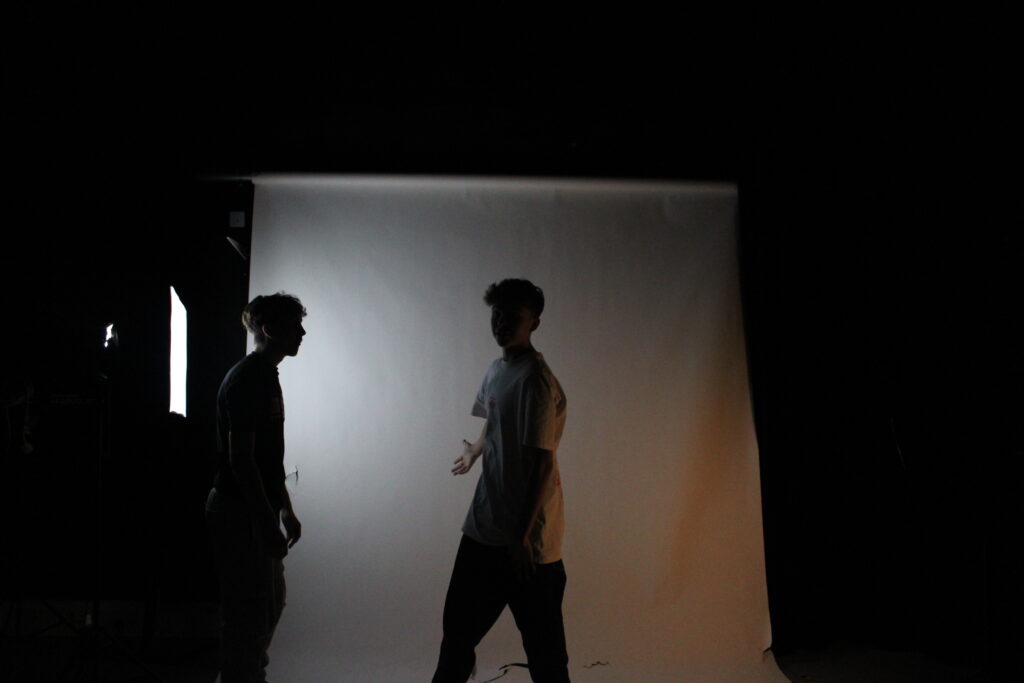
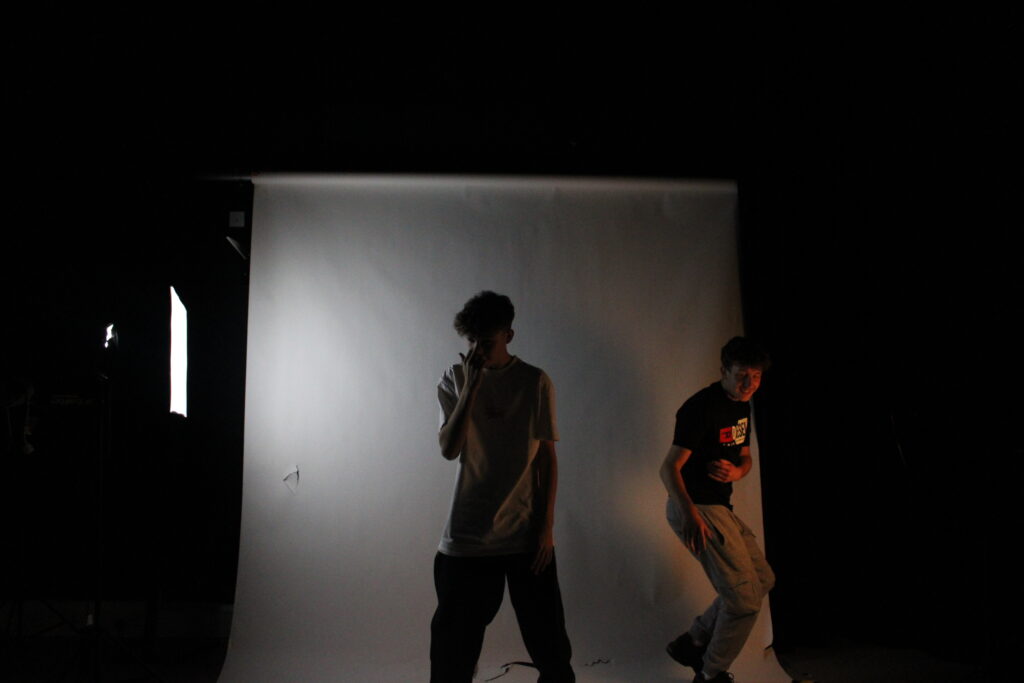
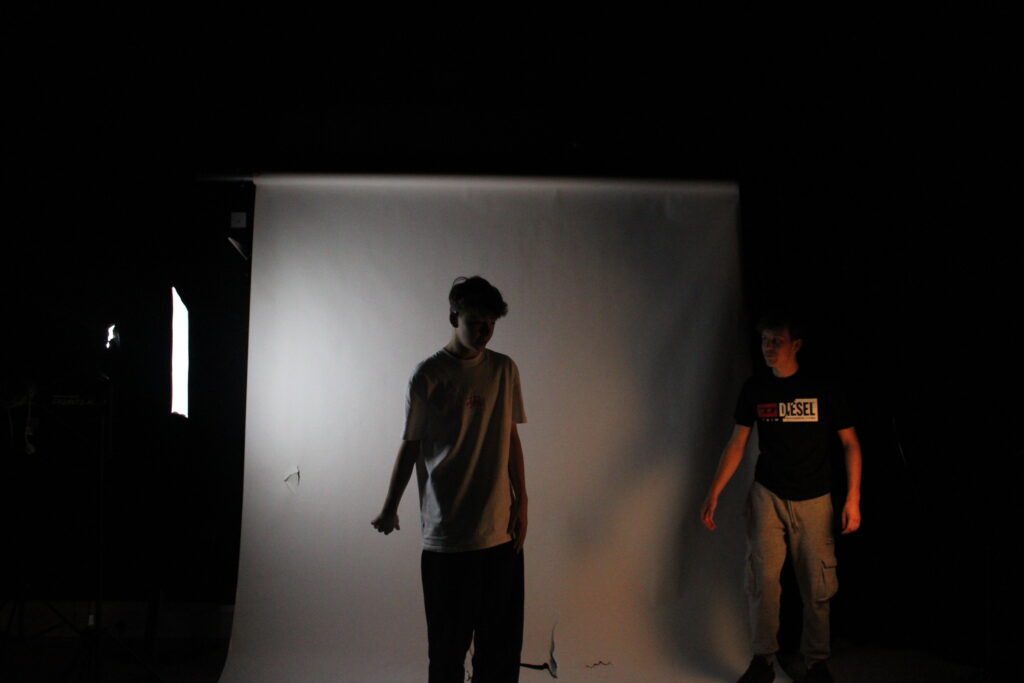

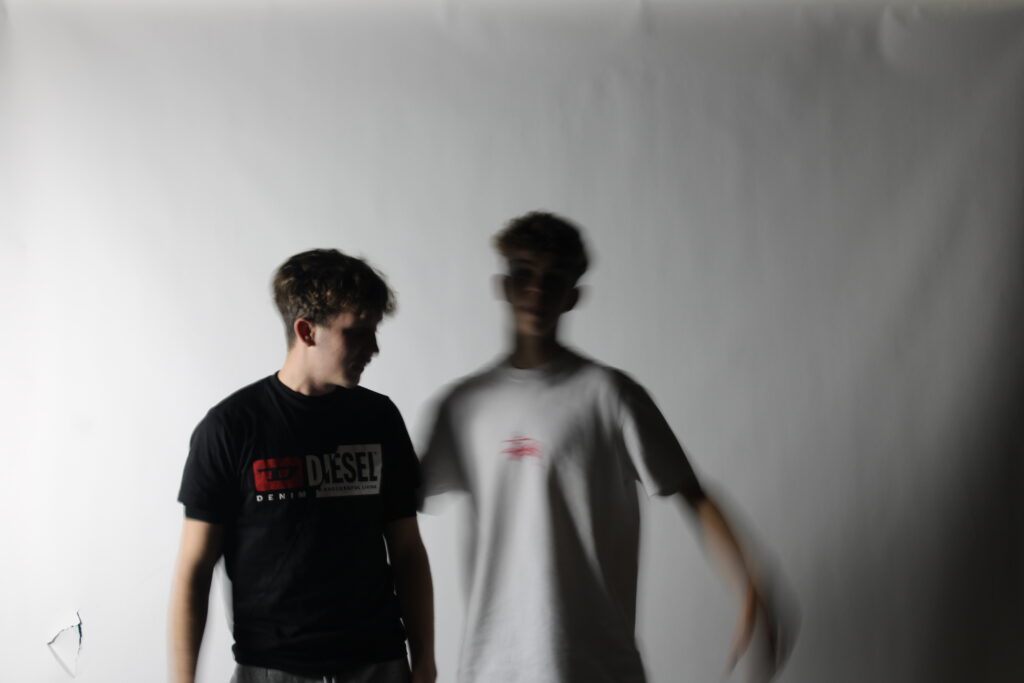
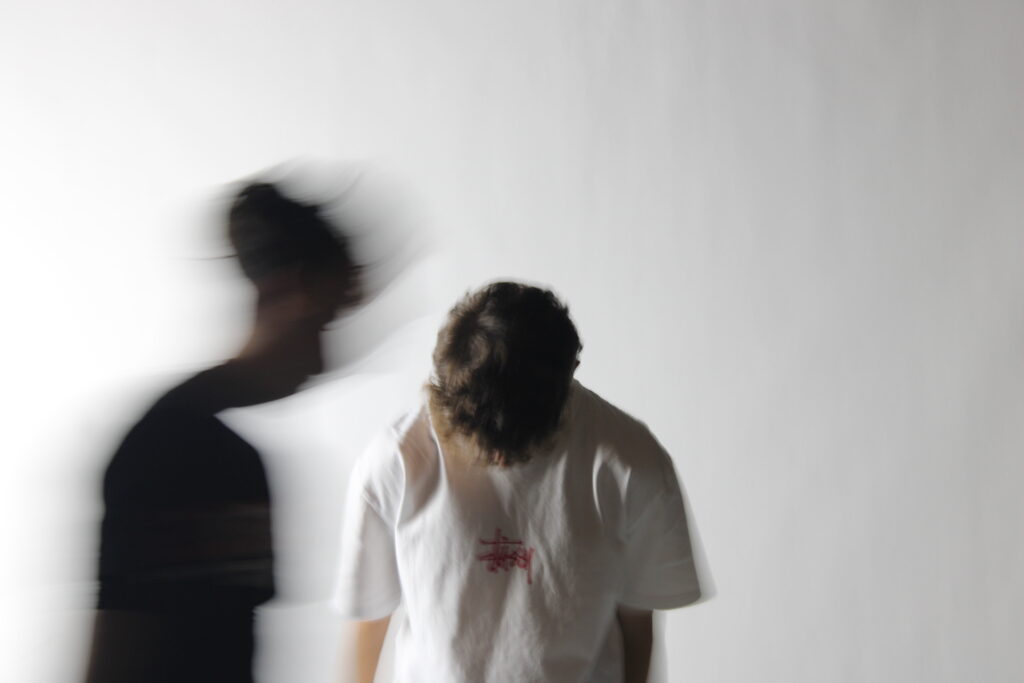
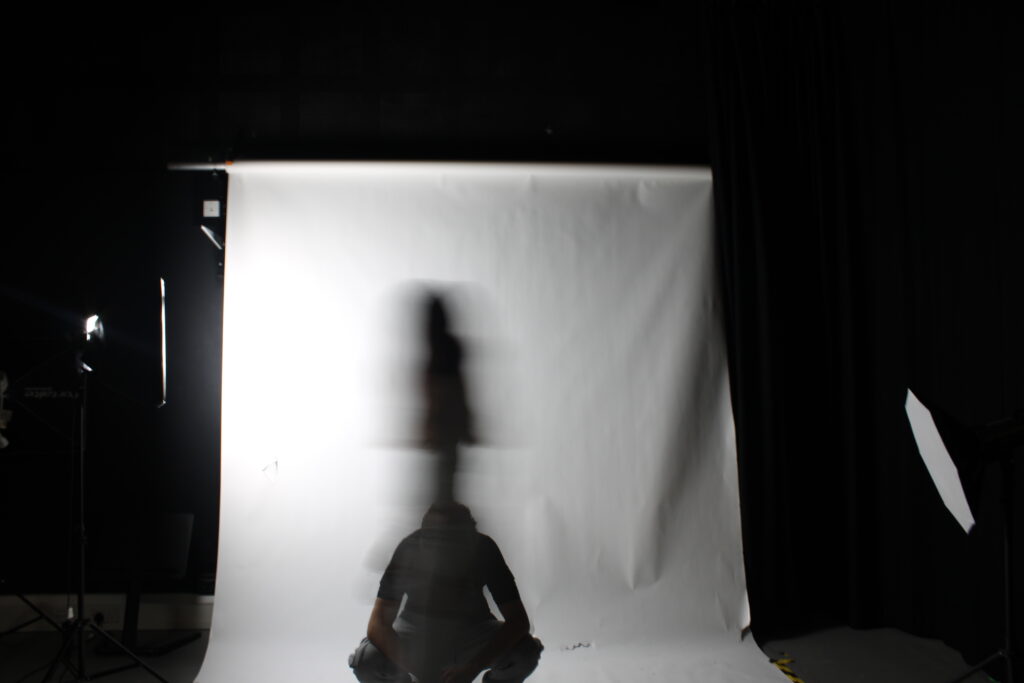
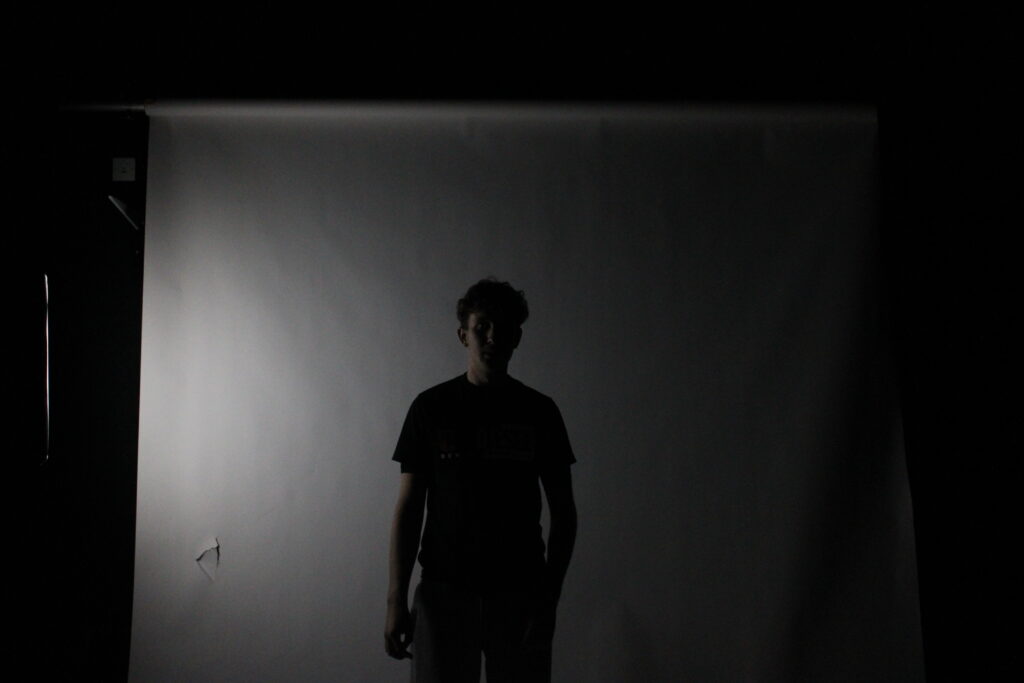
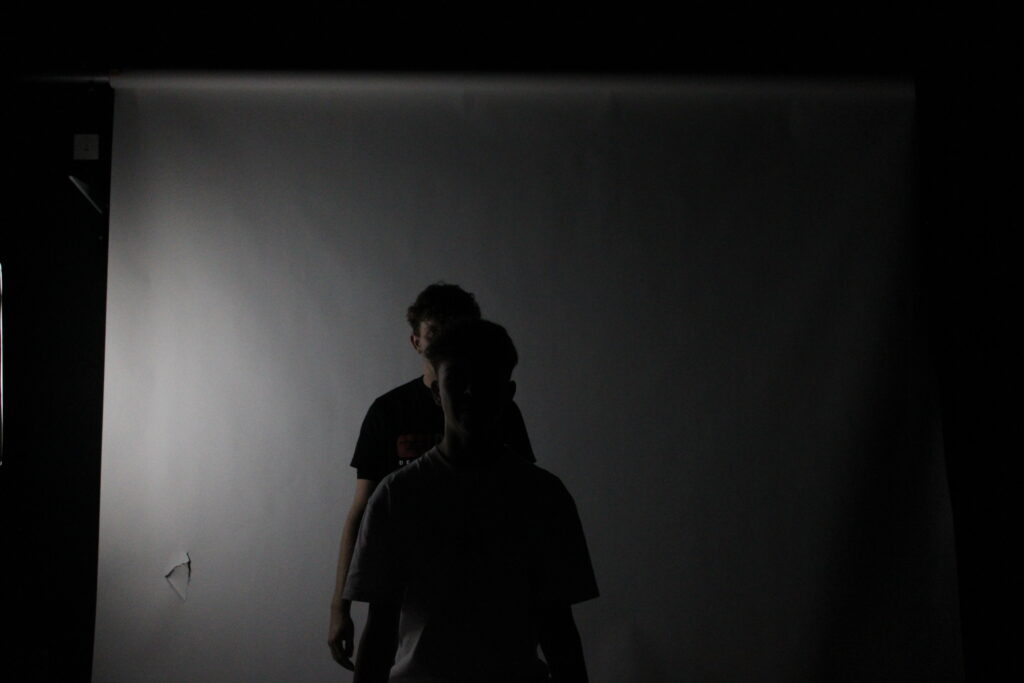
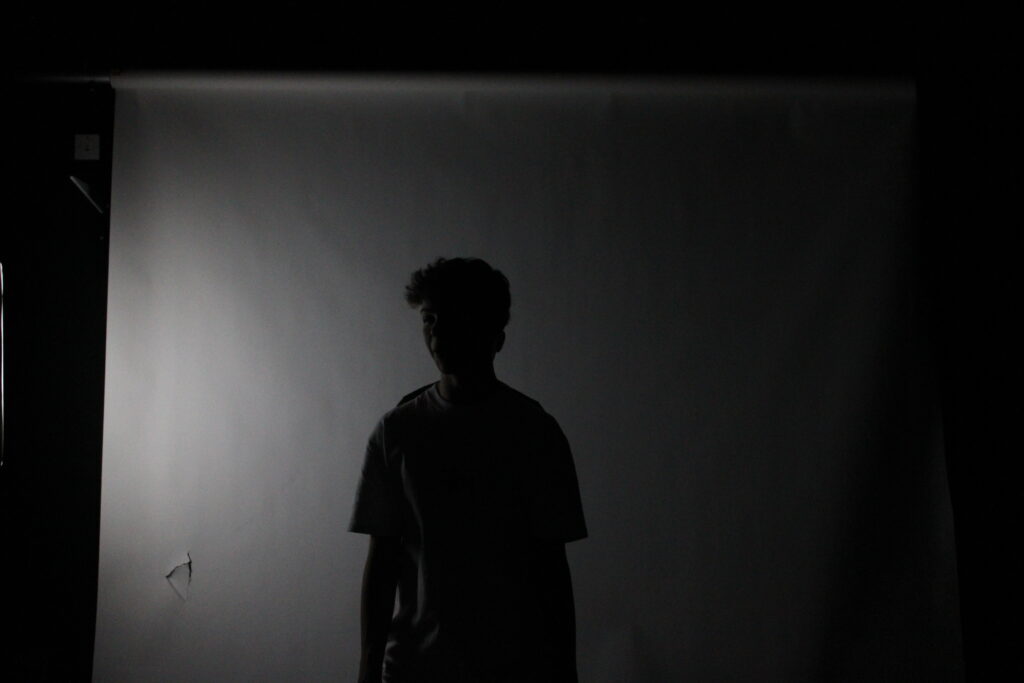
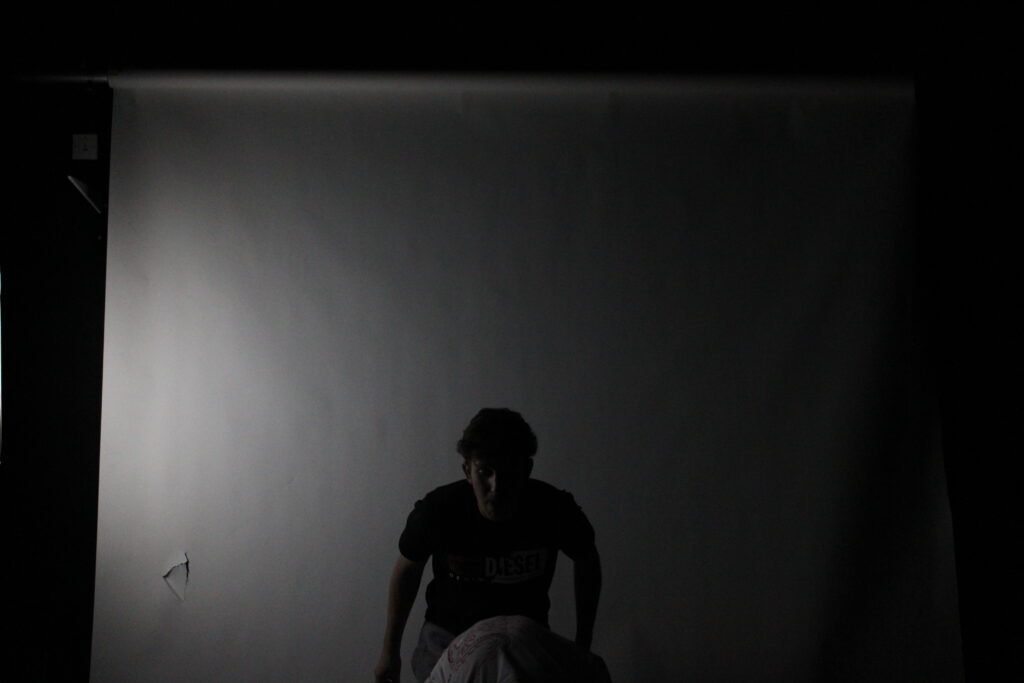
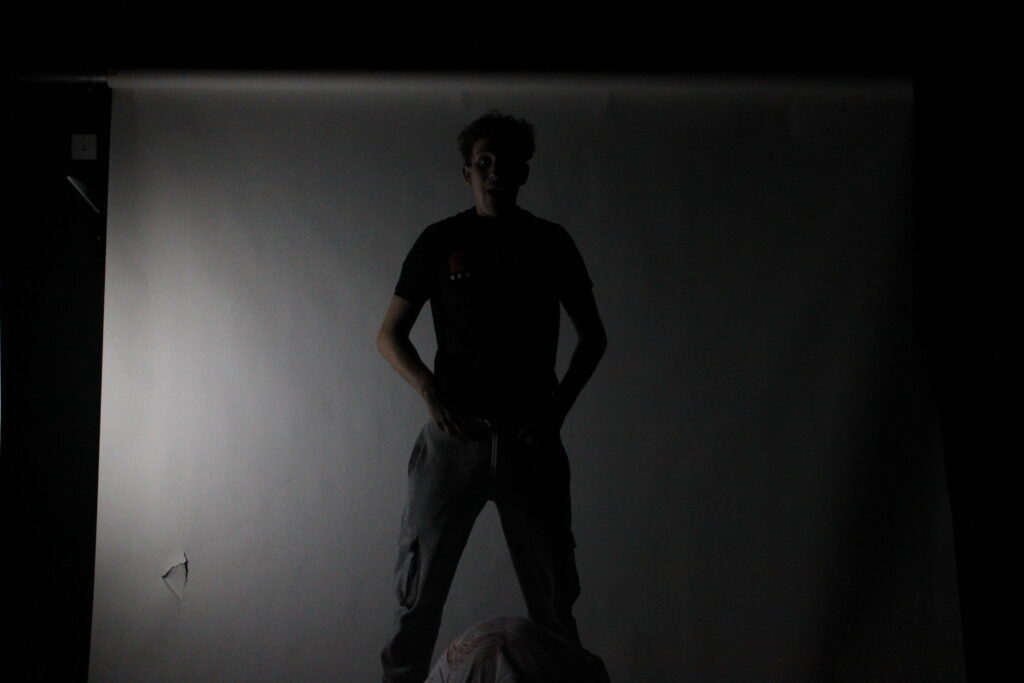
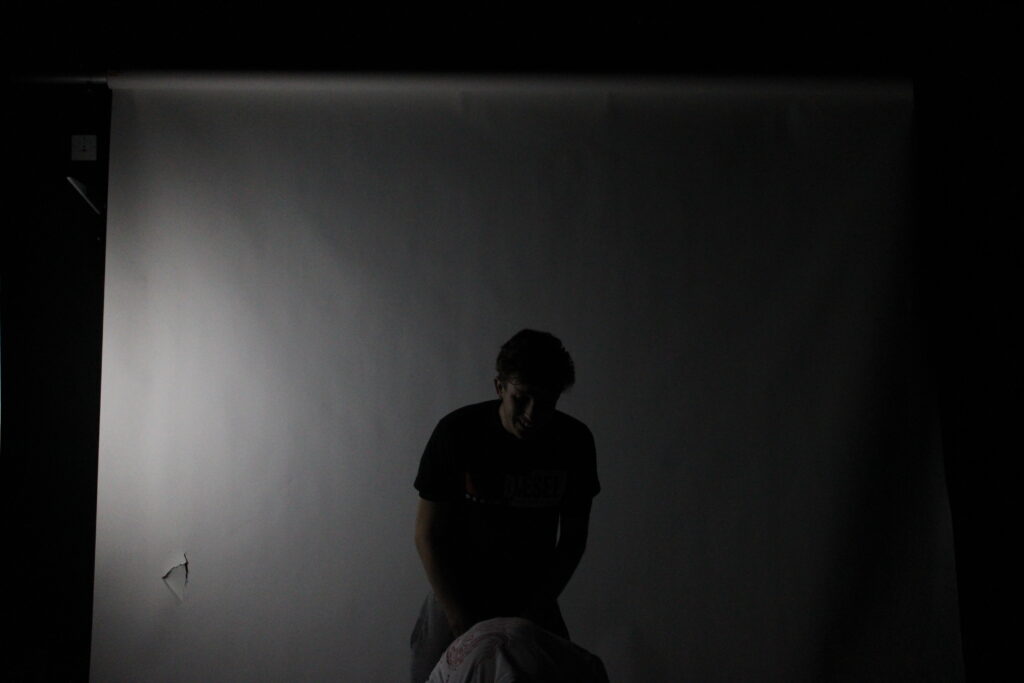
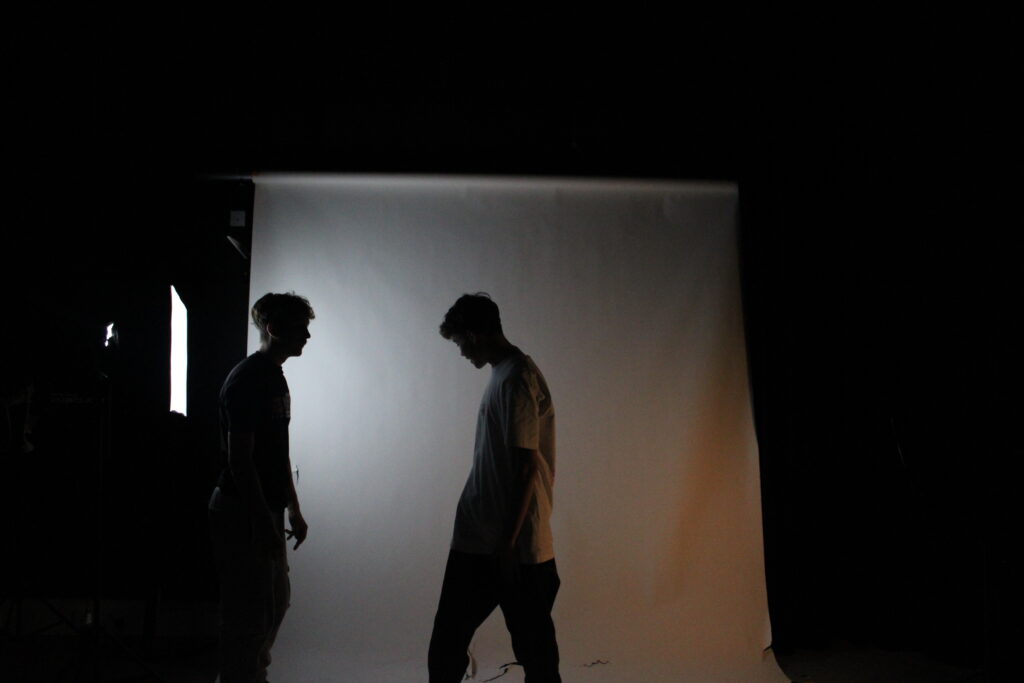
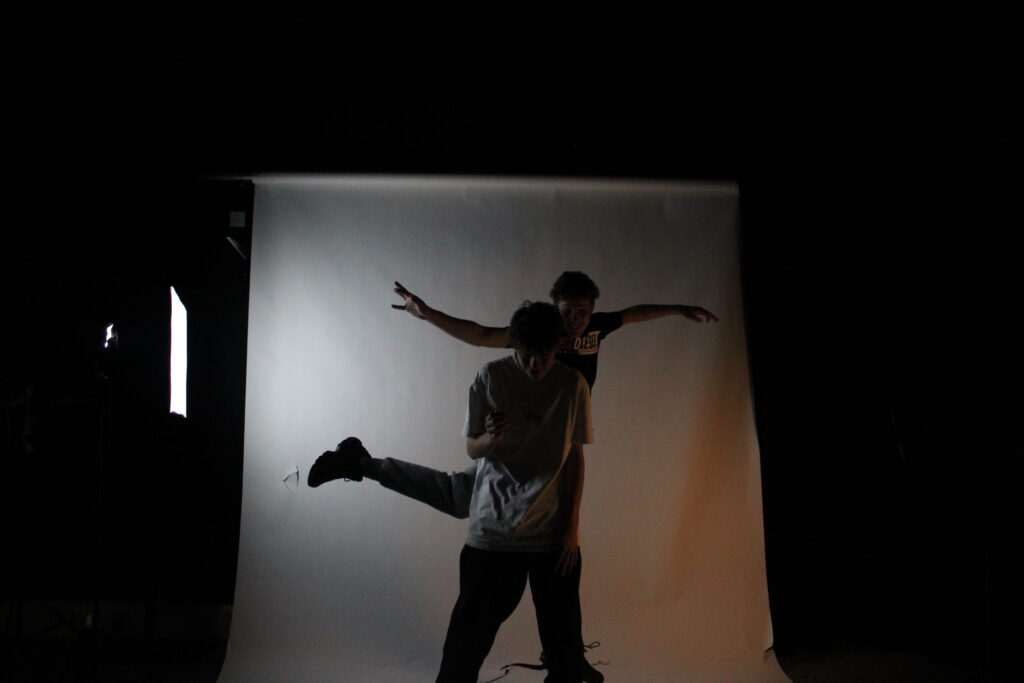
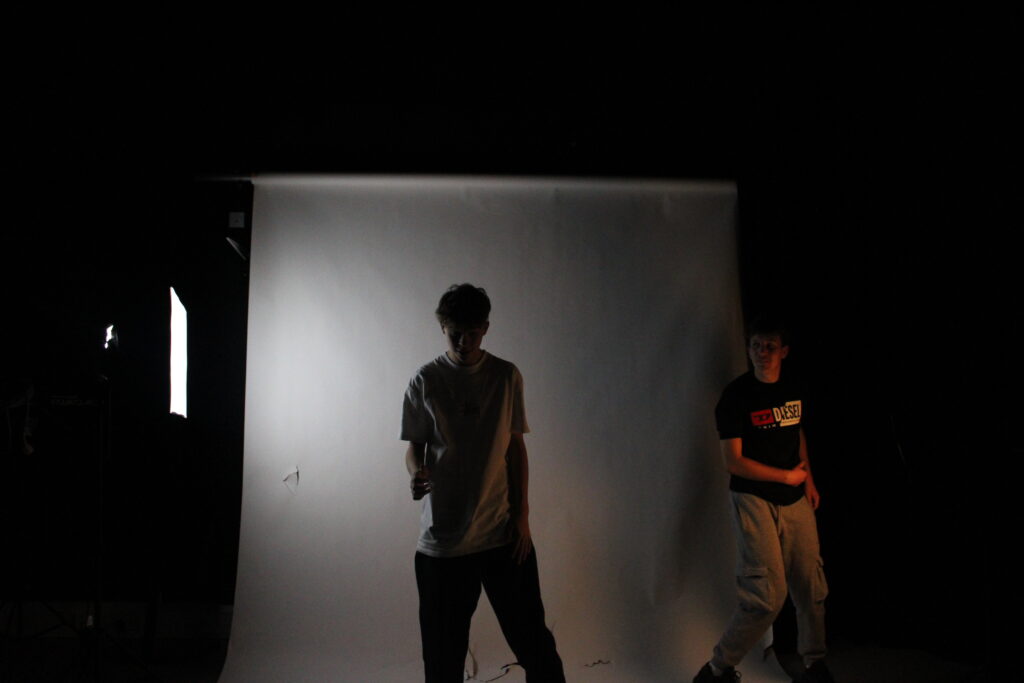
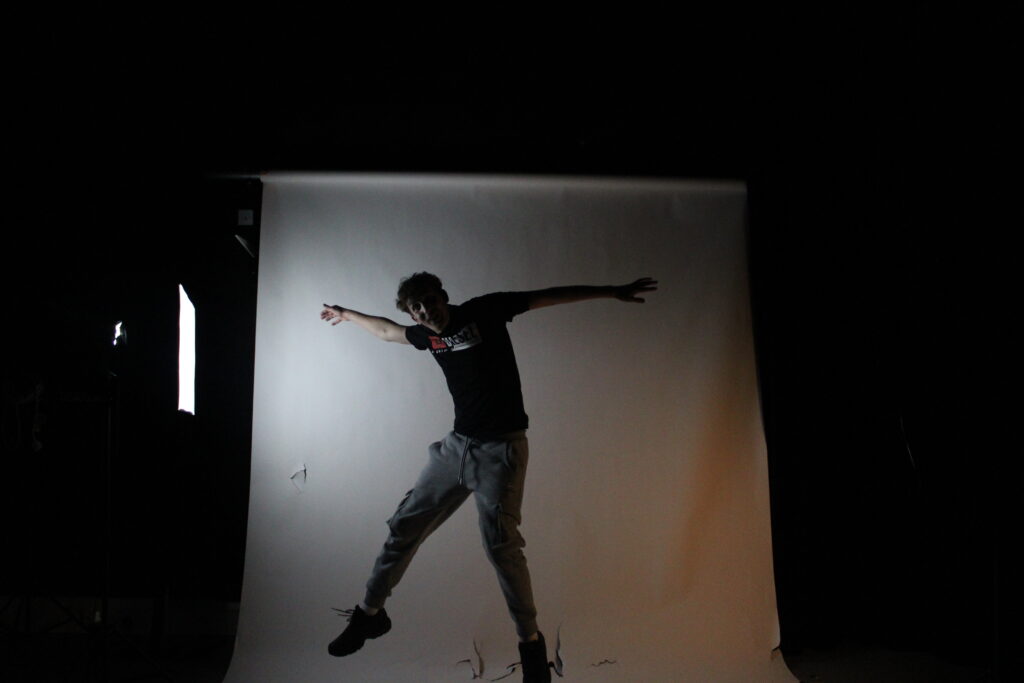
these photos haven’t been edited yet.